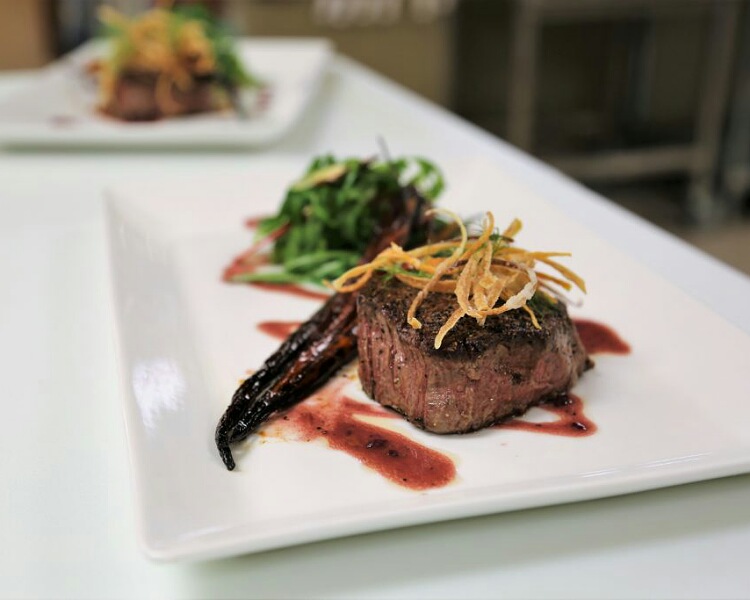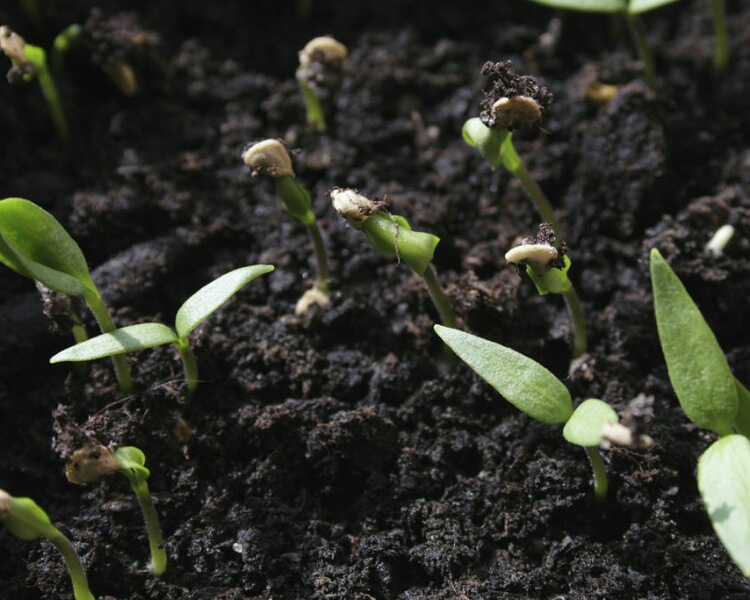During the traditional cooking process, a lot of food waste results. Americans throw out almost 40% of the food (uncooked and cooked) as waste.
This has a negative impact on the environment. Hence chefs are trying to implement zero waste cooking and thus become more sustainable.
What is Zero waste cooking?
Zero waste cooking implies producing no waste during cooking a meal. This includes no waste of food as well as no waste from the food ingredients packaging.
Therefore, you are bound to use every part of the vegetables and fruits in cooking. It can be in the same meal, different meal, or you can repurposed the part for a different use.
What cannot be used should be composted. Thus, a household will have no waste from the cooking process.
The packaging should also be thus that it is degradable and not hazardous for the environment. The chef Nahika Hillery who owns Kreyol Korner Caribbean Cuisine states:
“I’m definitely more focused on waste management. I’m making more things from scratch instead of buying them pre-bottled, using even the remains of vegetables and meats to blend and make marinades and stock.”

Steps to practice this cooking
The most important thing is to plan ahead. If two or more people handle a kitchen, this concept should be communicated and understood by all. Proper strategy should be made.
Firstly, purchase only what is needed for the week. Relook at the weekly inventory to know what not to buy. Secondly, purchase foods that are not in plastic containers or packages.
Once you start using a vegetable, use every part of it. Here your creative power comes in. You have to start thinking out of the box.
Stretch your imagination and see how the traditional waste can be utilized to make a new delicious recipe.

You can even use water of boiled vegetables for making a broth. It is not a must that all parts of the vegetable should go into the dish you are presently cooking.
The unused parts can be used in another dish or you can make a separate side dish out of it.
Additionally, one can repurpose the unused parts of the vegetable for some project outside the kitchen. For instance, the rinds of oranges and lemons could be used in cocktails and such drinks or in the home-making of marmalades and jams.
Also, read here on Bananas and milk: the good, the bad, and the ugly!
More on reduction of food waste
While eating or serving food, use smaller portions to avoid waste. Two people can eat from the same meal parcel from a restaurant if the quantity is more for one.
If eating in a restaurant and you feel full midway, you can ask for the remaining food to be packed for you in paper disposal containers for later eating. This would avoid it being wasted.

If there is still some vegetable parts that need to go into the bin, use it for composting and making a natural fertilizer with it. Thus, zero waste cooking protects the environment from the burden of waste and landfills.
And at the end of the day, you get a good fertilizer to grow organic foods and vegetables with it. One completes the circle and would feel happy and satisfied at the end.